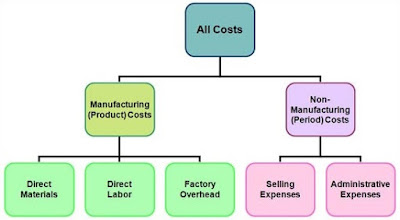PP-Discrete: Required where there will be discrete orders passing through a work center, here the capacity planning plays major role. i.e. if you have a lath machine, many orders are going through this lathe m/c and schedule plays very important role w.r.t lath as well as the product as the product has to go through many work center. Every time the product many not be same can be different, but same work center can be used for many products.
PP-PI: Mainly concerned with quality parameters and Process management i.e control
recipe is configured in this module. But the difference is the o/p is almost
same, you will not change the product, but every step is very important to
achieve the product quality. And it is entered by operator and approved by
shift supervisor through control recipe function.
PP-REM:
Mainly to reduce the data input by person working in SAP and in this case we
are bother by the period end costing and not the each order level costing as
the process is repetitive and one order is sufficient for the whole life.
Characteristics of discrete, process and repetitive manufacturing types:
Characteristics of production type
|
Discrete Manufacturing (SFC)
|
Process Manufacturing (PP-PI)
|
Repetitive Manufacturing (REM)
|
Product stability / complexity
|
Complex production process with
intermediate storages
|
Complex production process and generally without
bulk intermediate storage (mostly continuous-flow and liquid-based
production)
|
High-volume or mass production, highly
stable and without any production complexities
|
Production flow
|
Order-based and with intermediate storage
|
Order-based and mostly used in producing
materials that flow, such as liquids, (or that can't disassemble)
|
Lean (simple) manufacturing
|
Change-over from one product to another
|
Frequent
|
Frequent
|
Infrequent
|
Make-to-stock and make-to-order production
method
|
Supported
|
Supported
|
Supported
|
Batch management
|
Yes
|
Yes (extensive utilization)
|
Yes
|
Active ingredient management
|
Not available
|
Available
|
Not available
|
Material quantity calculation
|
Not possible
|
Possible
|
Not possible
|
Completion confirmation (backflush)
|
For individual operations or orders
|
For individual operations or orders
|
Period-based confirmation with backflush
|
Order-related production
|
Yes (production order)
|
Yes (process order)
|
No (planned orders)
|
Production-based
|
Lot size-based production
|
Lot sized-based production
|
Period- and quantity-based production
|
Cost object controlling
|
Order-based costing
|
Order-based costing
|
Period-based costing (using product cost
collector)
|
Process management
|
Yes (process integration)
|
Yes (process management)
|
No (operational method sheet)
|

